Estimated reading time: 8 minutes
Bringing home a baby betta fish can be both an exciting and challenging task, especially when you’re unsure of how to care for such a delicate creature. Raising baby bettas requires more attention compared to their adult counterparts, with clean water and feeding them three times a day being just the tip of the iceberg.
This article offers an in-depth look into everything you need to know about baby betta fish care, from recommended foods to creating the ideal environment for growth and development.
Key Takeaways
- Feeding baby betta fish three times a day with high protein foods like brine shrimp and daphnia is crucial for their growth and health.
- Maintaining proper water temperature between 75-82 degrees Fahrenheit and good water quality through regular testing and changes is important for the well-being of baby betta fish.
- Adding live plants to the tank provides hiding spots, oxygen, and a natural environment for baby bettas to thrive.
- Separating male and female fry is necessary to prevent aggression, while monitoring their appetite, behavior, and appearance helps identify potential health issues.
Baby Betta Care: What You Need To Know
Feeding frequency is crucial for baby betta fish, as they require small meals multiple times a day to support their growth.
Feeding frequency
Feed your baby betta fish three times each day. This will help them grow strong and healthy. A fasting day once a week is also good for their tummies. They are little ones but they eat a lot! Don’t worry if feeding feels hard at first, keep trying!
Recommended food
Baby betta fish need special food. High protein foods help baby bettas grow big and strong. Live food is good for them too. Feed them brine shrimp and daphnia often.
White worms, tubifex worms, grindal worms, and mosquito larvae are also great choices for baby betta fish food. You can even give your pet finely grated foods to eat sometimes. Mixing up their diet keeps them happy and ensures they get all the nutrition they need.
Infusoria for baby fish
Infusoria is a great option. This microorganism is like a superfood for betta fish, especially the little ones. It’s made up of tiny, single-cell beings. These beings are in the same water where baby fish live. They are so small you can’t see them with just your eyes! Baby bettas love eating infusoria because they are full of proteins.
Getting infusoria is easy too. Already have a well-established aquarium? Infusoria usually grow in healthy tanks. Use a turkey baster to collect some water from your tank. Feed it to your betta, but do it sparingly.
Some people prefer using a sponge filter in their betta tanks. Infusoria grow on the sponge, and bettas can nibble on them directly. It’s like an all-you-can-eat buffet for your fish.
If making your own sounds like too much work, no worries! Head over to a fish store or look online. Many stores sell liquid infusoria cultures. Make sure you follow the instructions on the bottle when you feed your betta.
Importance of proper nutrition
Proper nutrition is extremely important for the health and well-being of baby betta fish. Just like humans, these little fish need a balanced diet to grow and thrive. Feeding them the right food ensures that they get all the necessary nutrients they need.
Baby bettas require a protein-rich diet to support their rapid growth. It’s best to feed them foods like meat, fish, and shrimp as these contain high levels of protein. Avoid giving them other tropical fish foods as they may not meet their nutritional needs.
Live foods are also crucial for baby bettas. These include things like infusoria, brine shrimp, and tubifex worms. Live foods help provide essential nutrients and promote healthy development.
Providing the Right Environment for Your Betta Fry
Setting up the perfect tank for your baby betta fish is crucial for their growth and well-being. Learn about the ideal tank size, water temperature, and the benefits of adding live plants to create a thriving environment.
Tank size and set up
To provide a good home for your baby betta fish, you need to make sure you have the right tank size and set up. Here are some important things to consider:
- Tank size: Choose a tank that is appropriate for the size of your baby betta fish. It is generally recommended to start with a small tank, such as a 5-gallon tank, and then move to a larger tank as your betta grows.
- Tank set up: Set up the tank with clean water and add a filter to keep the water clean and clear of debris. Make sure the filter is gentle enough for your small betta fish.
- Temperature control: Maintain a consistent water temperature between 75-82 degrees Fahrenheit (around 24-28 degrees Celsius) using an aquarium heater. This will ensure that your baby betta fish stays comfortable and healthy.
- Hideouts: Provide hiding places in the tank by adding live or artificial plants, rocks, or other decorations. These hiding spots will help your baby betta feel safe and secure.
- Water quality: Regularly test the water parameters using an aquarium test kit to ensure proper levels of ammonia, nitrite, nitrate, and pH. Perform regular water changes to maintain good water quality for your baby betta.
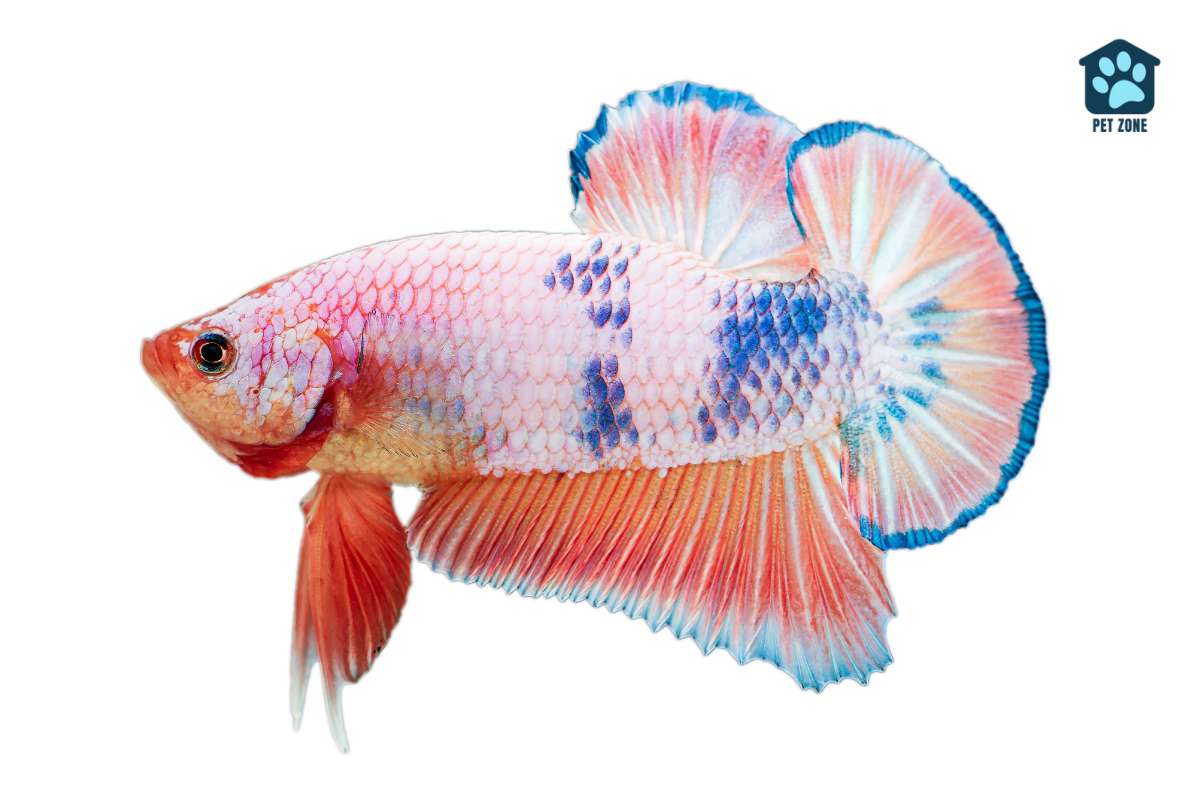
Water temperature and quality
The ideal temperature for Betta fish is around 79 degrees Fahrenheit, but for baby Bettas, it should be at least 80 degrees Fahrenheit. Colder water can stress younger Bettas and make them more susceptible to illness.
So make sure to use a heater in their tank to maintain the correct temperature. Additionally, it’s important to keep the water clean and free from toxins by doing regular water changes and monitoring the water parameters using test kits available at pet stores.
Adding live plants
Adding live plants to your baby betta fish’s tank is essential for creating a healthy and natural environment. Live plants help keep the water clean by reducing waste, which means less work for you in maintaining the tank.
They also provide oxygen and create hiding places for your betta, making them feel safe and secure. Plus, bettas love exploring their surroundings and interacting with the plants. So, don’t forget to include some live plants in your baby betta’s tank to promote their well-being and happiness!
Important Considerations for Baby Betta Fish Care
Separating male and female fry is crucial to avoid aggression and breeding at a young age. Monitor for potential health issues such as fin rot or swim bladder problems.
Separating male and female fry
It’s important to separate males and females when taking care of Betta fish fry. Male Betta fish cannot live together comfortably in the same tank because they are aggressive towards each other.
To prevent fighting and injury, it’s best to keep them in separate tanks or containers. Additionally, the care required for breeding Betta fish can differ between males and females.
Before purchasing a baby Betta fish, it is recommended to keep them separate from other fish to avoid any potential conflicts. However, female Betta fish can coexist peacefully without any issues.
Monitoring for potential health issues
It’s important to keep an eye on your baby betta fish to make sure they stay healthy. There are a few things you can watch out for. Keep an eye on their appetite – if they’re not eating or seem less interested in food, it could be a sign that something is wrong.
Also, check for any changes in their behavior or appearance. If you notice anything unusual, like color fading, fin clamping, or spots on their body, it could be a sign of illness.
Growth and Development of Baby Betta Fish
As your baby betta fish grows, you will notice changes in behavior and appearance. They go through different growth stages and milestones, such as developing stronger colors and plumage.
The growth process is fascinating to observe as they transform into adult betta fish.
Growth stages and milestones
As your baby betta fish grows, you’ll notice some important milestones along the way. Here are the growth stages to expect:
- Baby betta fish hatch from their eggs and are very tiny, about 1/4 inch in length.
- At around 3 – 4 weeks old, your betta fry will start to develop longer fins and their colors may begin to show.
- By 2 months of age, your baby betta fish will have grown to about 1 inch long and their fins will continue to grow.
- Around the 3 – month mark, male bettas may start to show signs of aggression towards each other as they establish their territories.
- At 4 – 5 months old, the fins of your baby betta will reach maximum growth and become more vibrant in color.
- By 7 months old, your betta fish will be fully developed and reach a length of about 3 – 4 inches.
Changes in behavior and appearance
As your baby betta fish grows, you will start to notice some changes in their behavior and appearance. At around three months old, when they reach sexual maturity, their behavior may change towards other fish.
They might become more territorial and aggressive, especially if there are other bettas in the tank. It’s important to monitor their interactions and consider separating them if necessary.
In terms of appearance, bettas go through different stages of development. When they are young, their colors may not be as vibrant or fully developed compared to adult bettas. As they grow older, you will start to see stronger colors and more elaborate fin plumage develop.
However, it’s important to note that longer-finned bettas can take anywhere from 6-10 months for full development.
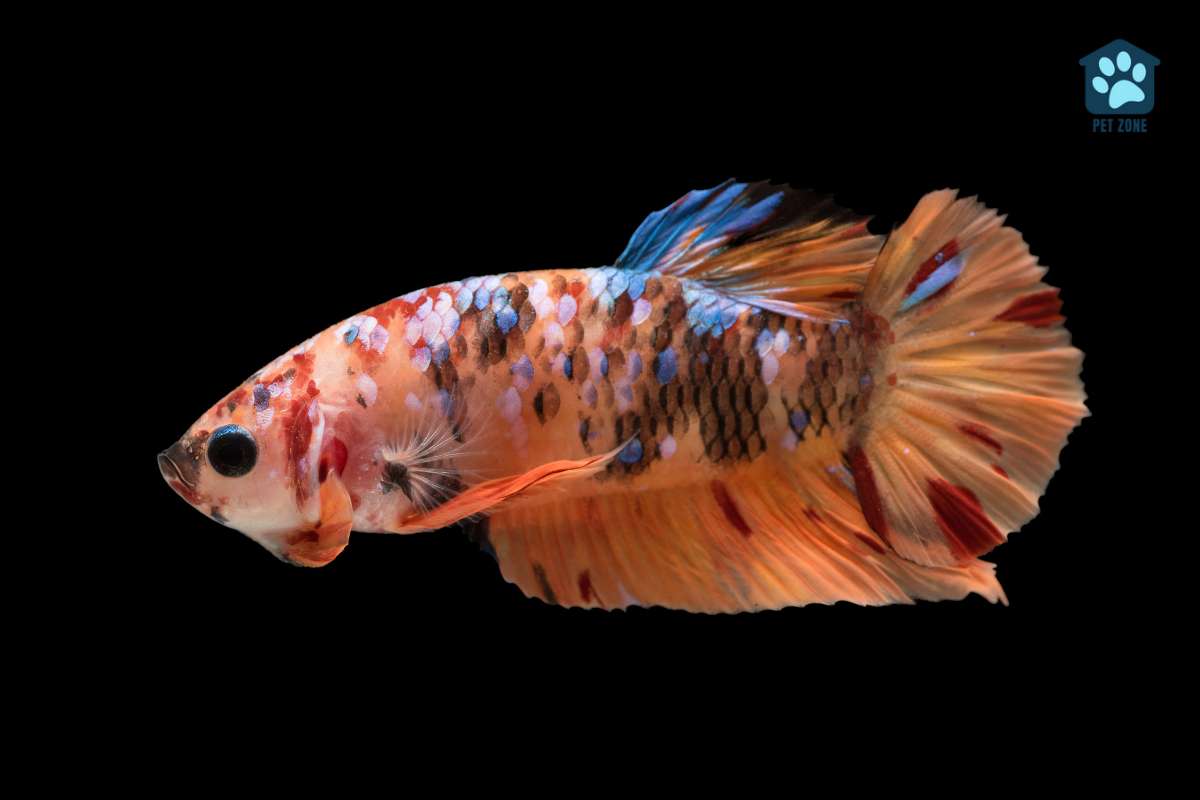
Conclusion
Caring for baby betta fish may be challenging, but with proper care and attention, they can thrive. Remember to feed them three times a day with high-quality food and provide a clean and stable environment.
By following this comprehensive guide, you can ensure that your baby betta fish grows into a healthy and beautiful adult fish.
As an Amazon Associate I earn from qualifying purchases.
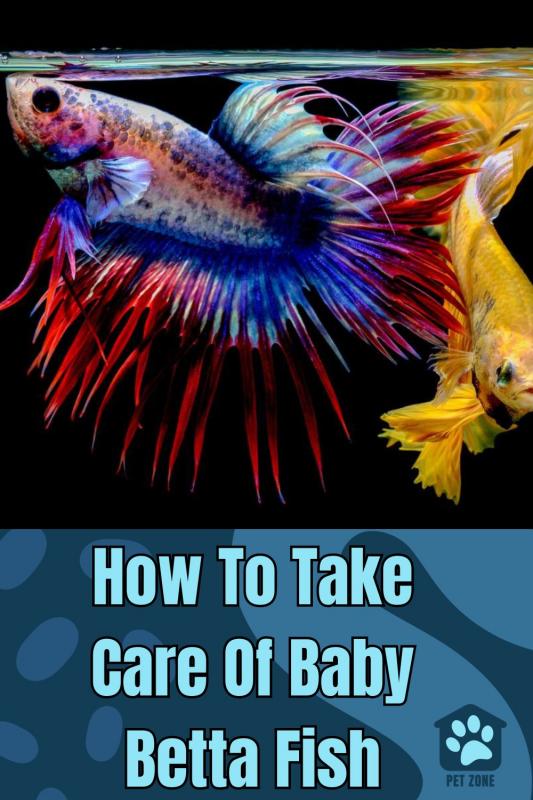


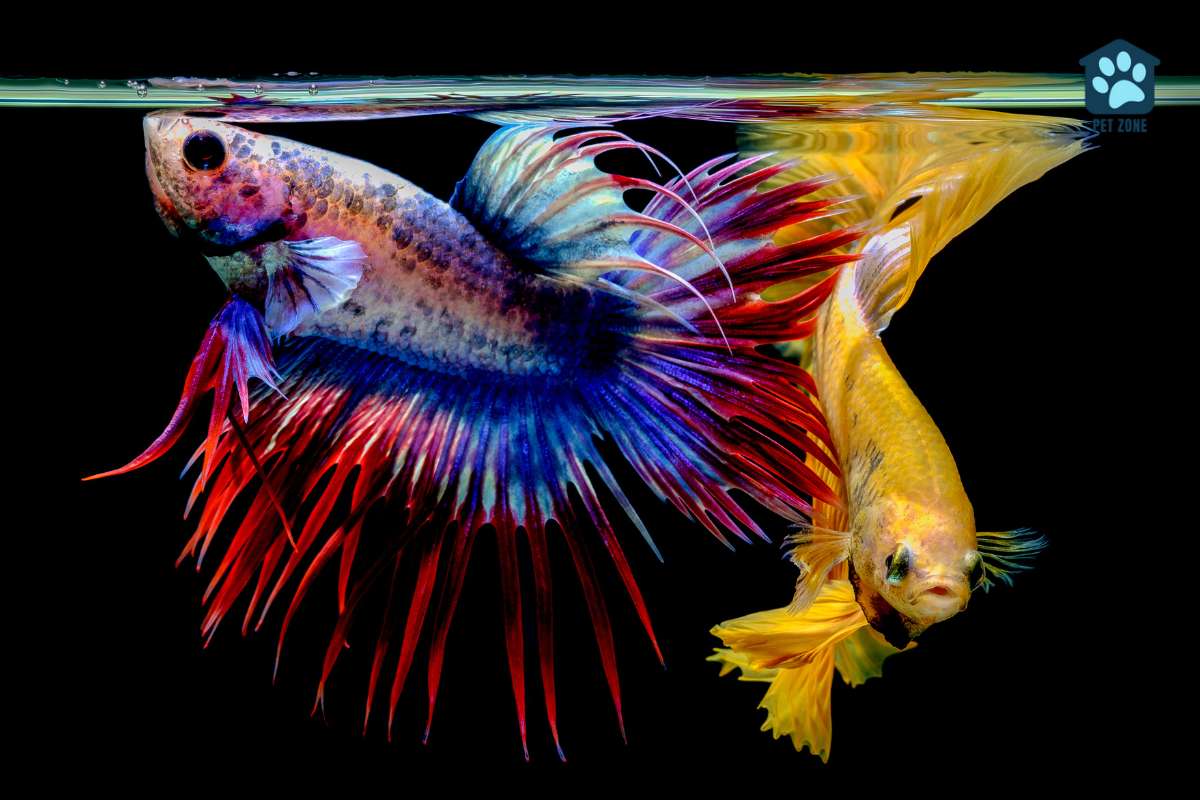
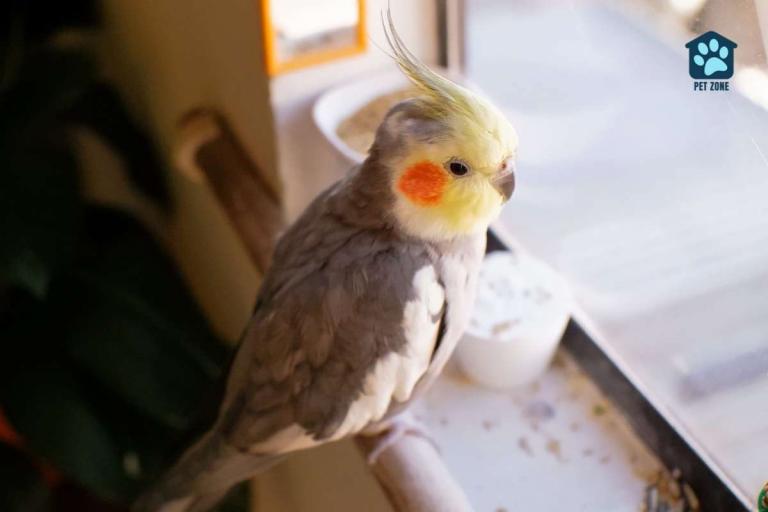
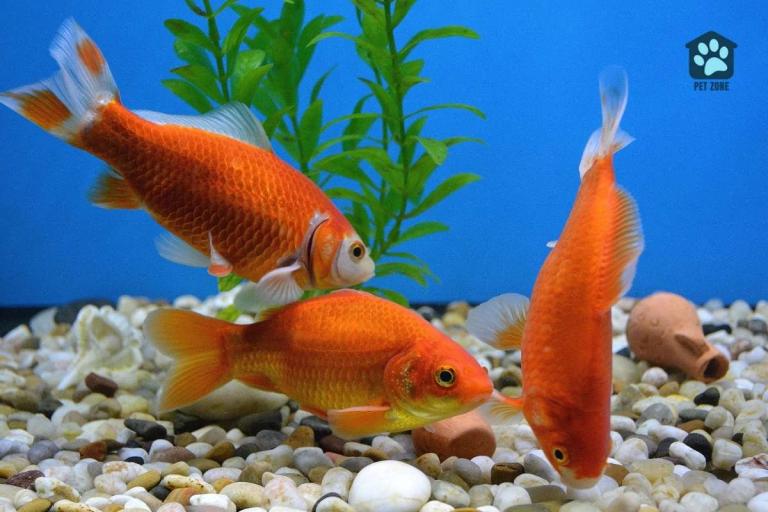

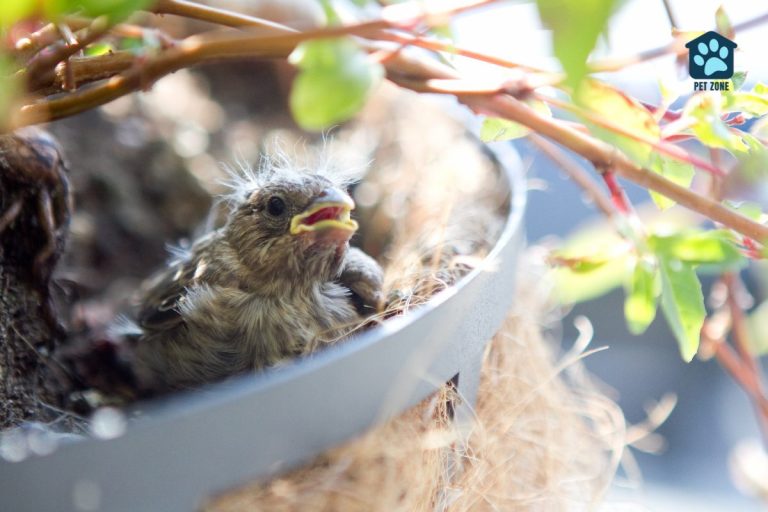
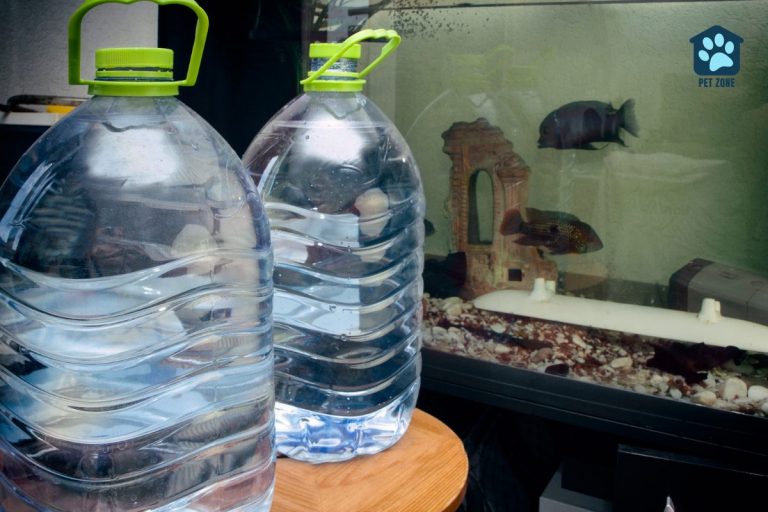
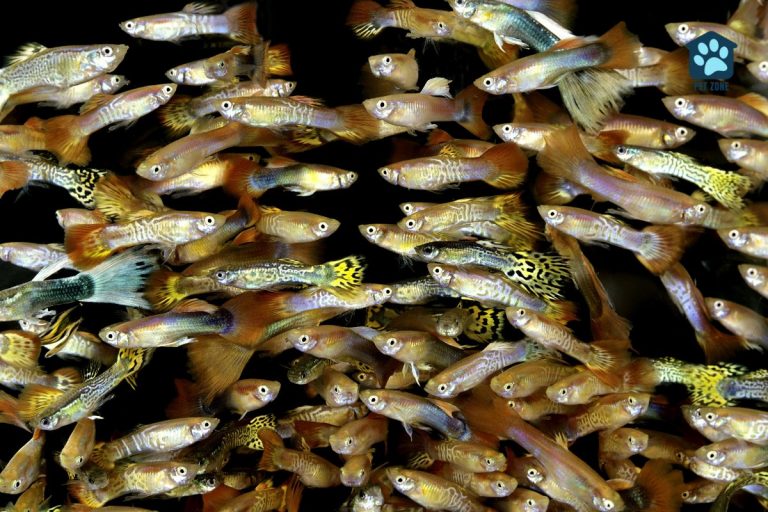
I am hearing about the baby betta fish for the very first time. It is truly fascinating to learn about how to take care of them. Really an in-depth guide!